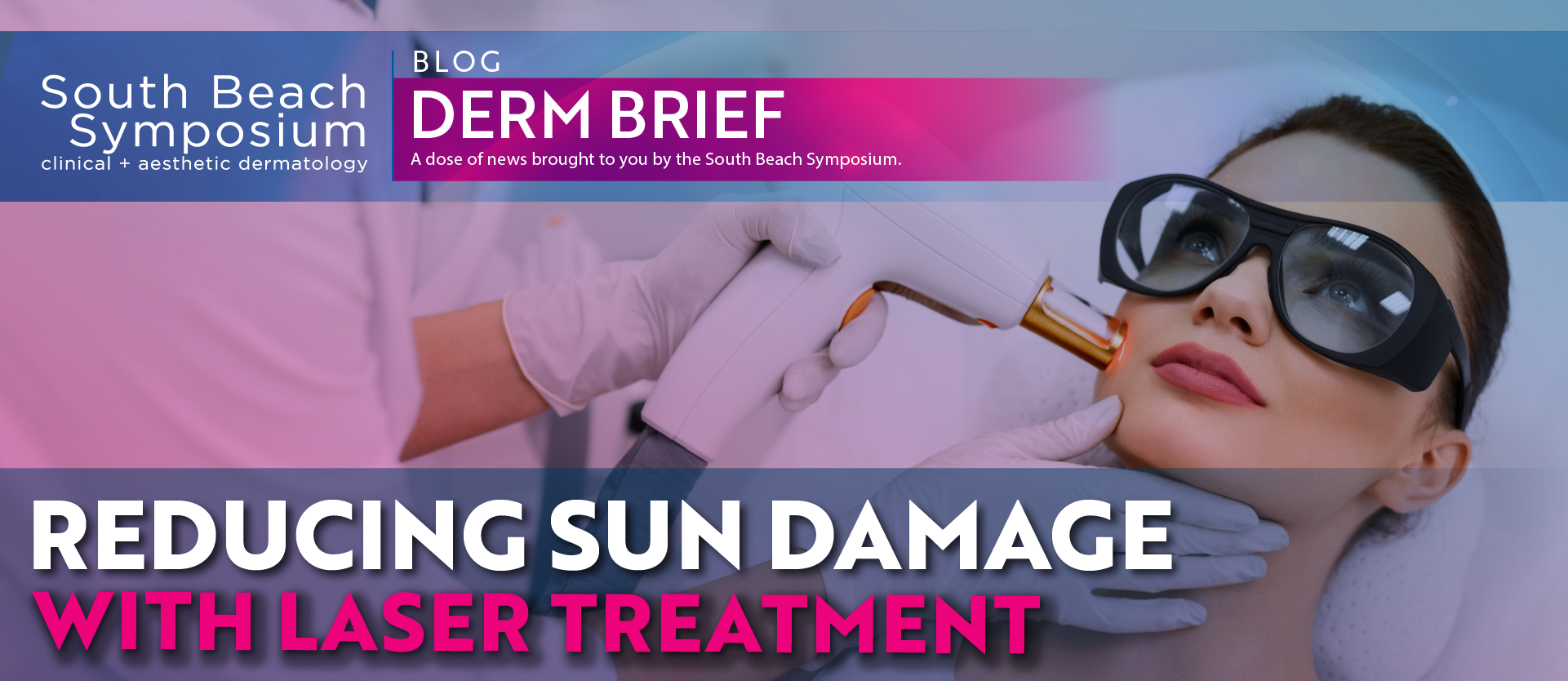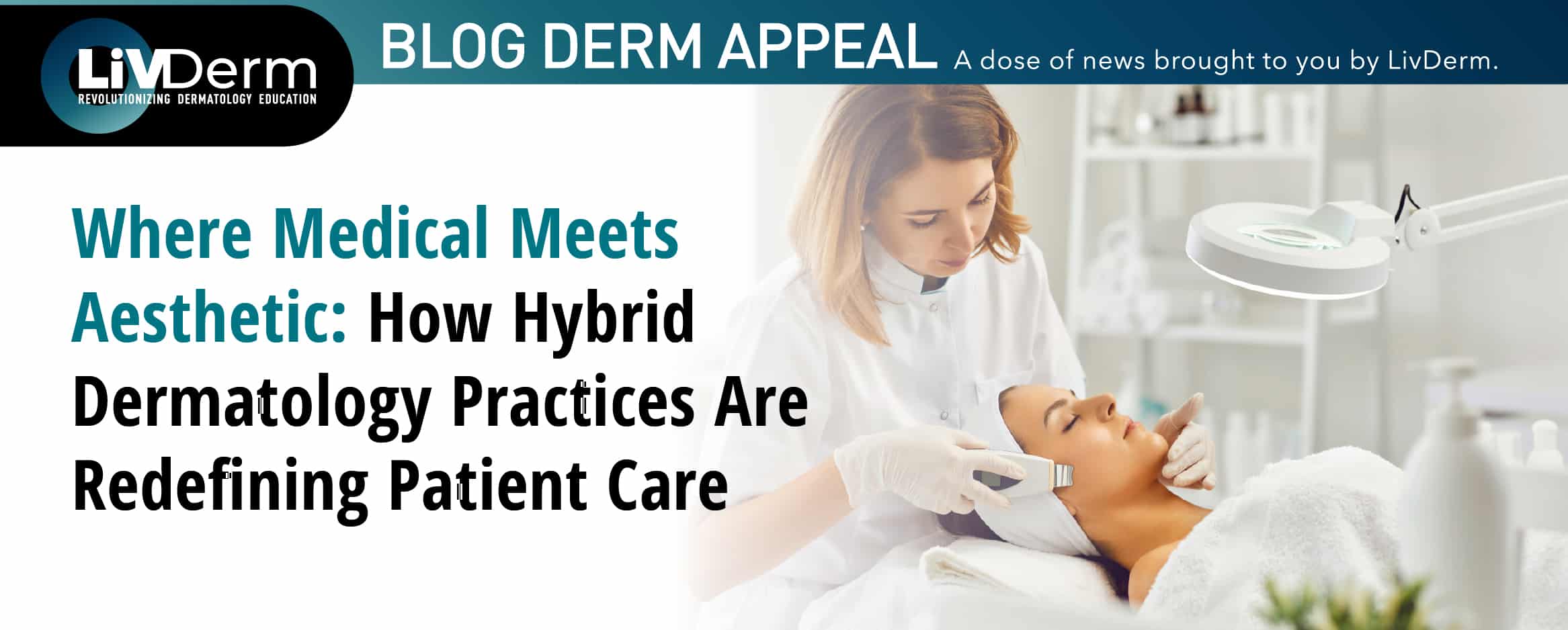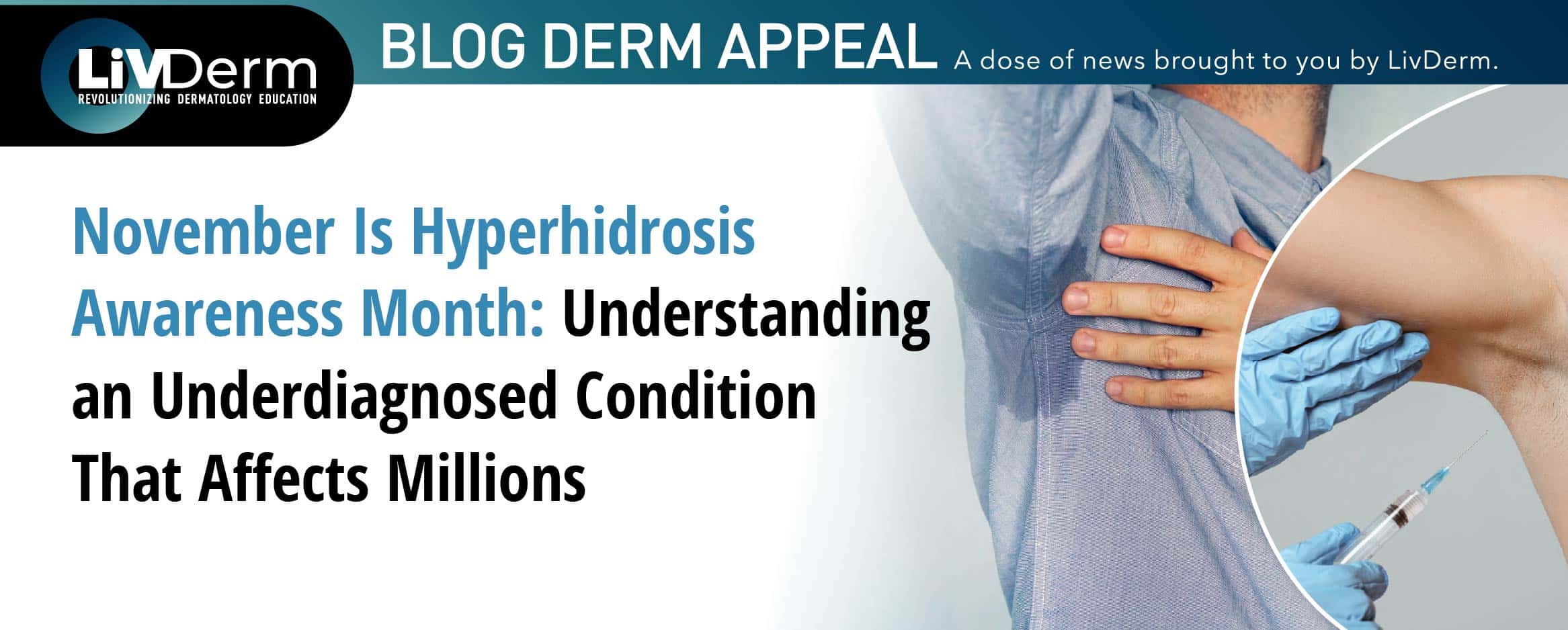Over time, repeat exposure to the sun and sunburn can not only increase the risk of skin cancer, but it can also cause wrinkling, darkening, and spotting of the skin leading to an aged appearance. UV exposure has been proven as the primary cause of skin aging, accounting for nearly 80% of the problem. Sun spots, hyperpigmentation, and other issues associated with sun exposure contribute to premature aging and can be problematic on their own.
While there is a variety of available treatments for reducing or removing sun damage, one of the most effective methods with the lowest associated downtime is laser therapy. Laser skin resurfacing involves removing the top layers of the skin to reveal new, more youthful cells, stimulate collagen production and even out skin tone. Due to its ability to give clinicians precise control, lessen complications, and minimize the impact on surrounding tissue, this procedure has seen a surge in popularity and demand. Sun-damaged skin treated with high-energy light exhibits boosted collagen production, stimulation in problem areas, and once healed, a smoother, more even appearance.
Laser Treatment Options
Laser therapy not only reduces sun damage, but it can also be used to minimize wrinkles, fine scars, enlarged oil glands and to remove wart-like growths. Depending on the skin concern, dermatologists may recommend a specific laser option best suited for the patient’s skin type and problem area. Most commonly, available laser treatments fall into two categories: ablative and non-ablative lasers. Ablative lasers, such as the CO2 laser, work to reduce sun damage by removing the upper layer of the skin and revealing newly generated skin tissue. Non-ablative lasers – Fraxel and Nd:Yag – promote collagen growth and skin rejuvenation by targeting underlying tissue from the inside.
Depending on the severity of sun damage, a variety of treatments may prove effective including, but not limited to: Fraxel, Nd:Yag, and CO2 lasers.
Fraxel
Highly effective at treating mild to moderate sun damage, the non-ablative Fraxel laser has proven consistent visible results. The procedure itself is associated with very few side effects – although some patients may experience peeling and redness – and virtually no downtime. Results can be noticed in just a few days however; optimal outcomes may not occur until 3-6 months after the final treatment session.
This treatment is best suited for individuals with many diffused sun spots as it can correct significant, superficial sun damage on various parts of the body.
Nd:Yag
Another non-ablative option, Nd:Yag, is a q-switched laser that targets pigment through short energy bursts and has become increasingly popular for tattoo removal. This treatment focuses on pulverizing dark pigment particles, which are then naturally disposed of by the body. Although several sessions may be necessary to achieve optimal results, a single treatment can remove between 75 and 100% of individual sun spots and produce substantial amounts of reparative collagen, without damaging the surrounding skin tissue.
Treatment with the Nd:Yag laser is best suited for individuals wanting to target a few isolated, colored spots.
CO2
For more severe sun damage and deeper wrinkles, the more intense, ablative CO2 laser may be necessary. First introduced in the 1960s, the CO2 laser has since been largely replaced with fractional, non-ablative lasers which carry fewer risks and shorter recovery periods. However, in certain cases of severe sun damage and precancerous lesions, fractionated CO2 laser therapy can prove to be the most efficacious method as it is able to penetrate deeper layers of the skin.

















